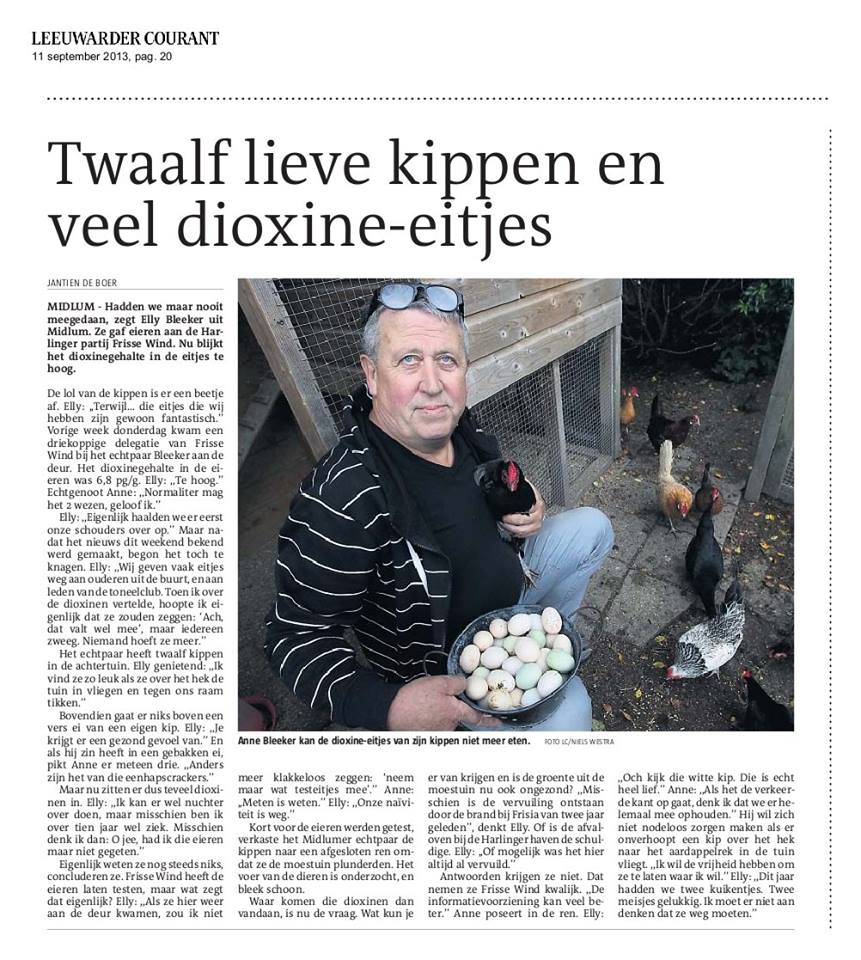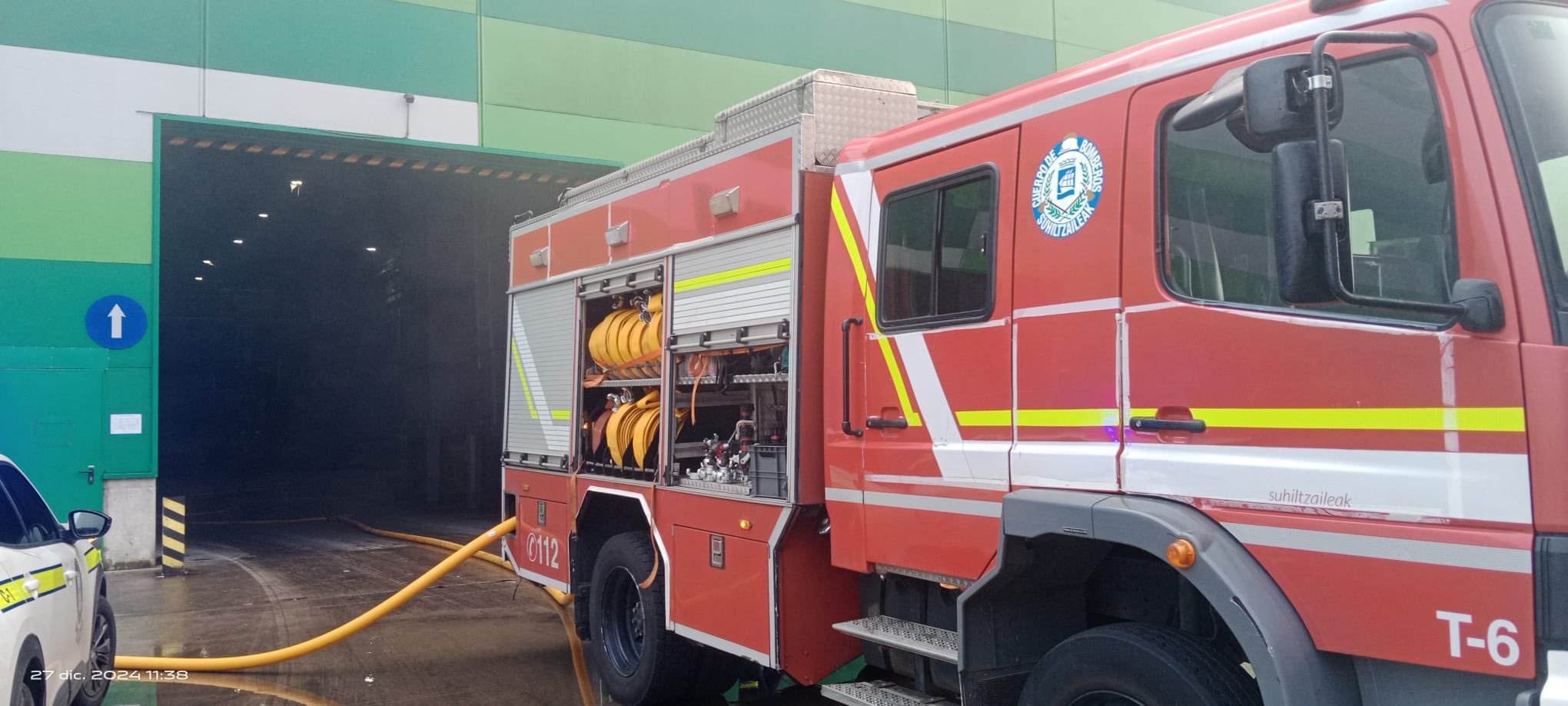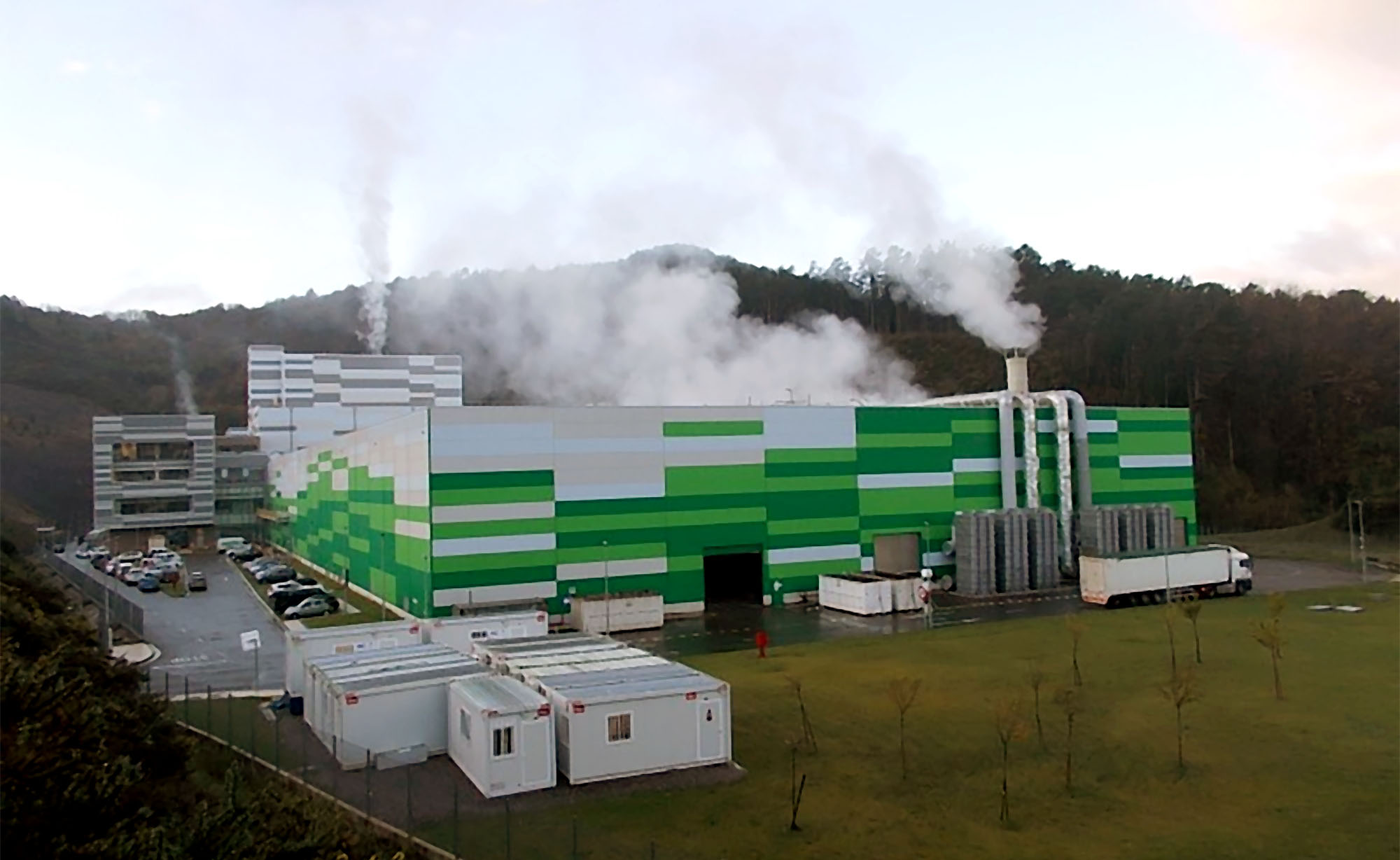Toxicologist Abel Arkenbout will talk about the dioxins of the new Dutch incinerator on Saturday in Hernani
- On Saturday, April 13, from 10:00 in the morning, at the Biteri Culture House in Hernani, the Dutch toxicologist Abel Arkenbout will offer a special talk: "Dioxins in Harlingen – dioxins from Zubieta? This pollutes the most modern incinerators.” The talk was organized by the Movement Against Incineration and Zero Waste in Hernani, with the support of the Hernani City Hall.

REC or Omrin de Harlingen is the last of the 13 incinerators in the Netherlands. The Minister of Economy said at his inauguration in 2011 that he was the best in Western Europe, the leading in cutting-edge technologies. But the problems soon emerged. In 2013, the independent organization ToxiWatch discovered a large concentration of dioxins and furans in chicken eggs within a radius of up to 2 kilometres around the incinerator. But how can the new incinerator, which is clearly seen in the controls that the government has entrusted to it, be really polluting?
Dioxinagate, recently launched by ARGIA, as the most recent Dutch incinerator was shown in the report, only appears what happens in the usual controls of the most modern incinerators at 0.2% of the annual day. Conversely, in Harlingen, at the request of the authorities, long-term samples were analysed during 20.139 hours of the year, a hidden source of contamination: incinerators often produce accidents or special situations which the owners call “atypical events” and where many dioxins, furans and other uncontrolled pollutants are emitted.
In the Netherlands, first ToxiWatch and then the National Institute of Public Health and the Environment have shown with unconventional studies that the Harlingen incinerator emits: PCB dioxins – found in eggs, milk, herbs and soils in the area –, brominated dioxins and PBDD furans, other dangerous organic pollutants derived from poor calcination process, black roofs with the presence of hazardous aromatic hydrocarbons of PAH on the roofs, lands and waters of the area. And that is why, from the very beginning, Harlingen’s neighbours are fighting the Omrin incinerator: last December they blocked the incinerator’s portal…
According to the organizers in a statement, "the Basques, and especially those who live or have condemned us to live alongside the incinerators, we have much to learn from what is happening in Harling". The toxicologist Abel Arkenbout will offer a talk in English and there will be a simultaneous translation system for the Basque language in the room.





















